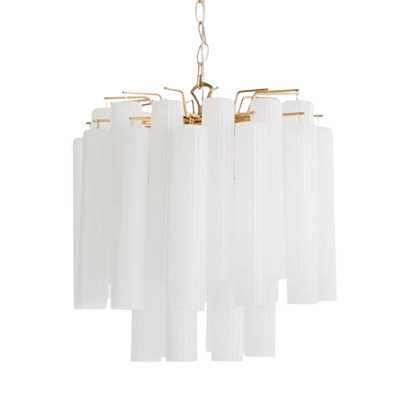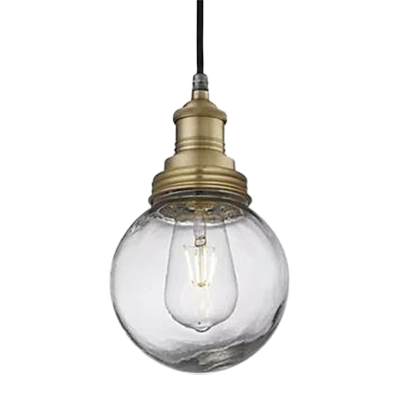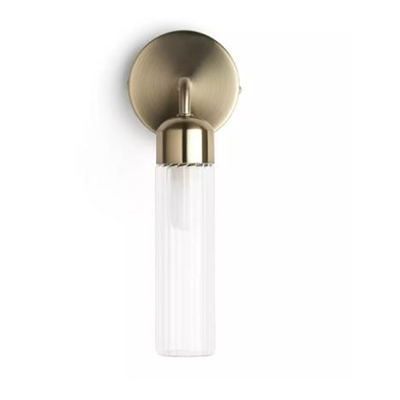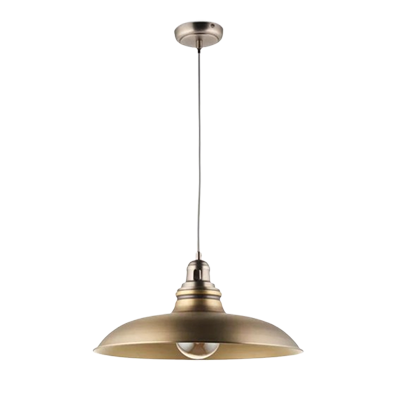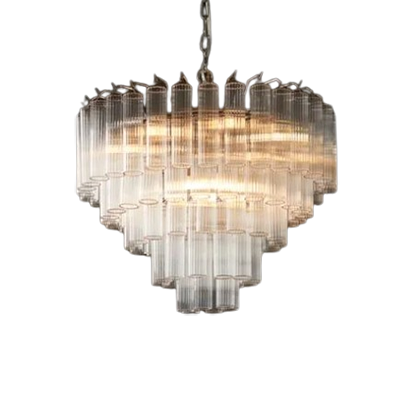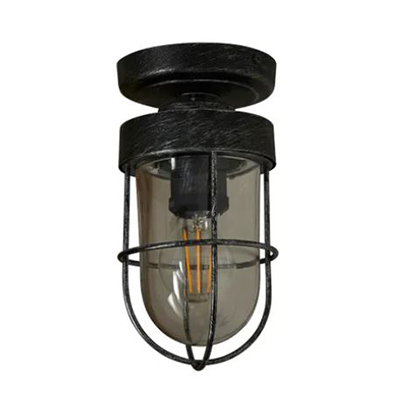The 3 bathroom lighting rules you must follow for a safe home – according to an electrician
Safety always comes first, so here's how to make sure your electrics are up to scratch

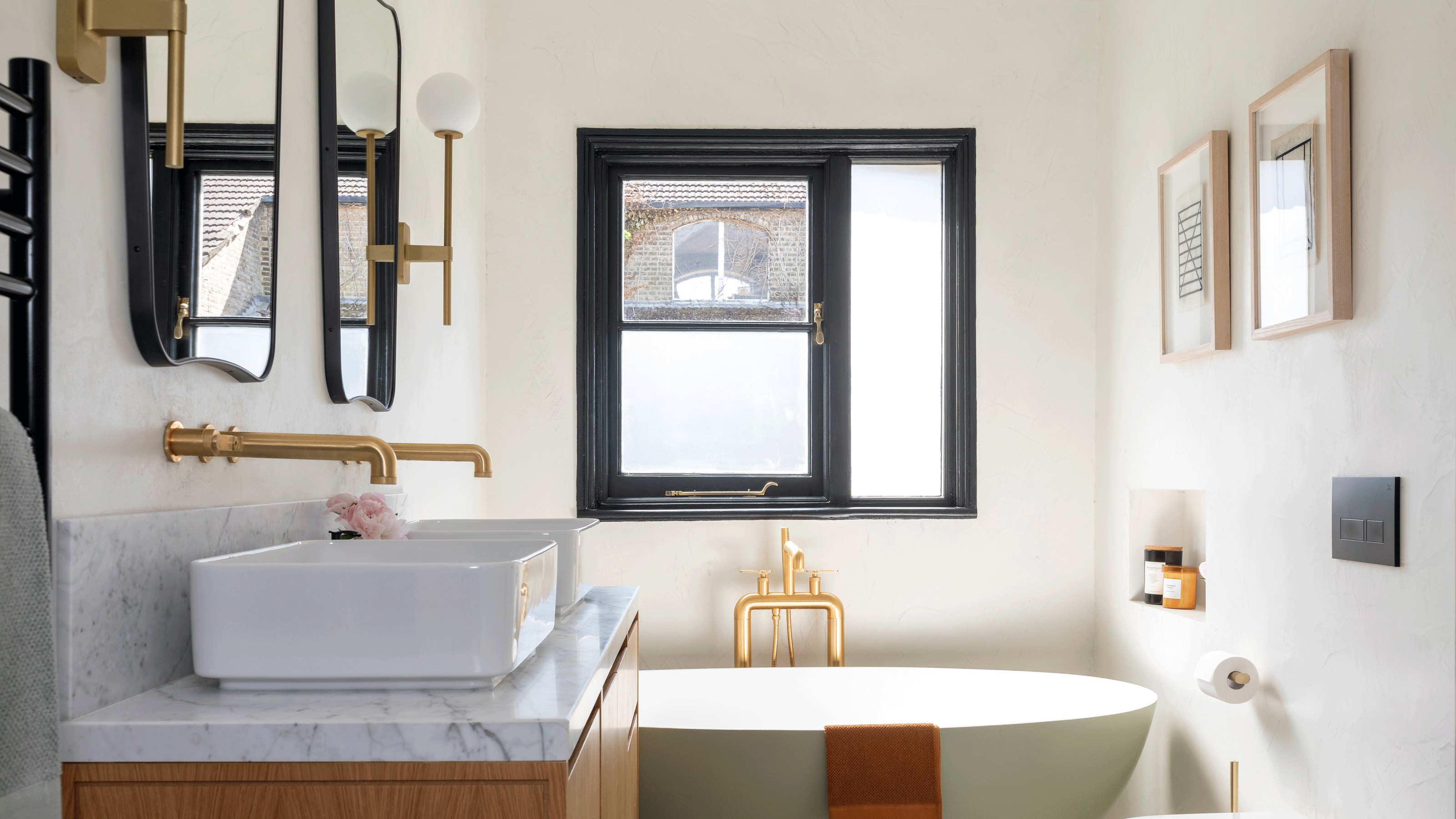
Bathroom lighting is an essential part of a wash space. Whether you're planning ahead for dark mornings where a quick wake-up is needed or looking forward to snug evenings spent soaking in the tub, the right combination of bathroom lighting will make your space usable and ambient. Style is one thing, but making sure your bathroom lighting is safe and up to spec is the most important factor.
If you're not too clued up on bathroom lighting safety rules then you'll likely be looking into calling in a professional to help you complete the job. Understanding the different rules around electrical work in bathrooms will also help you when shopping for lighting, as some styles won't be able to be fitted in certain areas. So even if you are working with an electrician, it pays to know the rules in advance.
From zoning to IP ratings, we've spoken to the experts to learn exactly what you should and shouldn't be doing when planning your new bathroom lighting.
1. Always check IP ratings
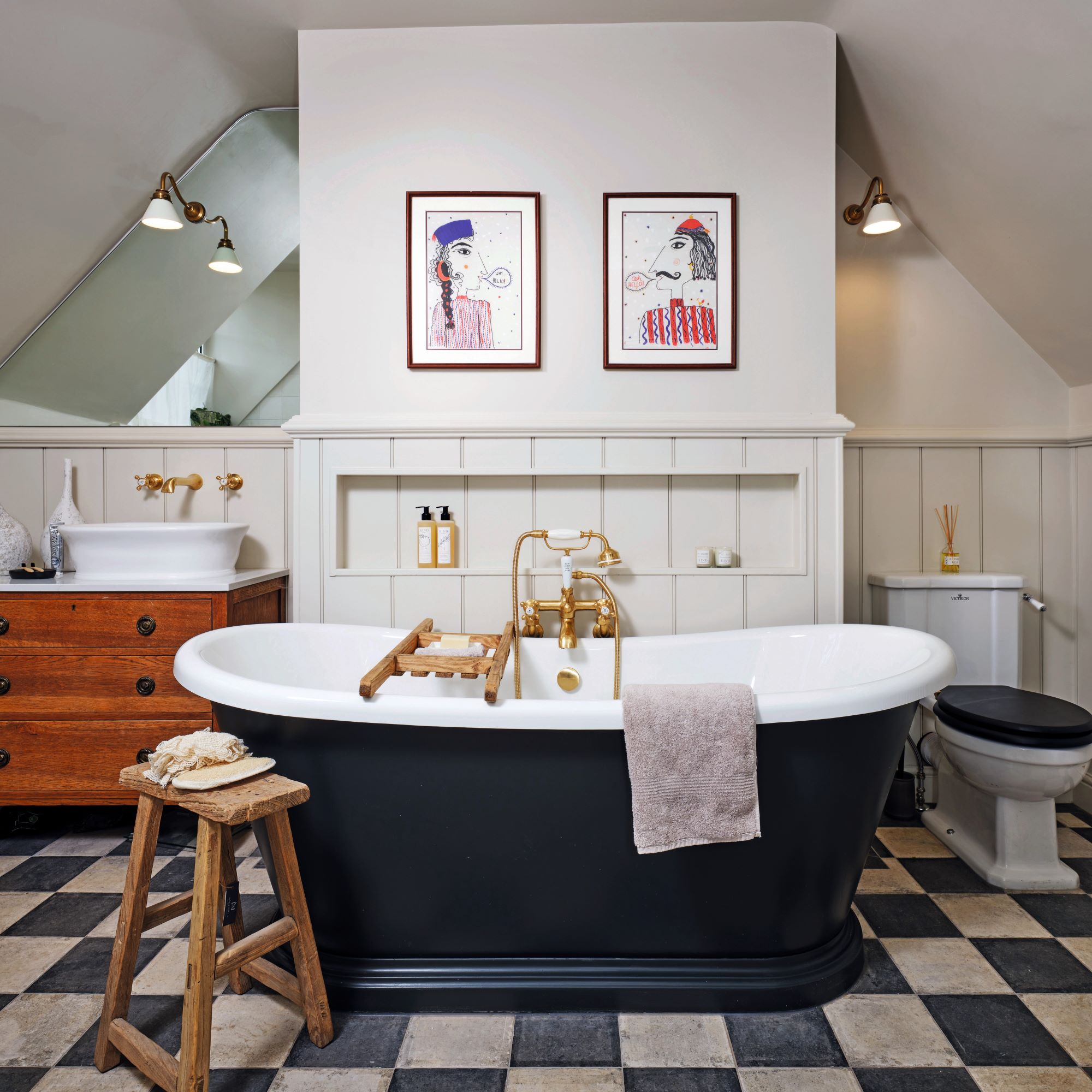
IP ratings are the most important thing to consider when planning bathroom lights in. A bathroom is split into 'zones' which means that in the immediate vicinity of a bathtub, shower or sink, you need a higher level of IP-rating as this comes under 'zone 0'.
'A bathroom is divided into zones where Ingress Protection (IP) rated lighting is required. Zone 0 refers to the area inside the bath, sink, or shower. It's uncommon to have a light in this zone due to the difficulty of running a cable there without causing a leak,' explains Peter Legg, brand and product manager at Dar Lighting.
'Most bathroom lighting is suitable for Zone 1, which includes the immediate vicinity of the bath, shower, or sink (60cm around the sink, 60cm on either side of the bath or shower, and 2.25m above the bath). If there is a risk of direct spray from a showerhead, it is recommended to use a light that meets IP65 standards. Generally, IP44 lighting is suggested for bathroom use.'
Jonathan Steed, electrician and electrical expert at MyBuilder.com, agrees. 'Safety is a top priority when installing bathroom lights, as electrics near water or in damp environments is a significant safety risk.'
'First of all, your bathroom lights should have a minimum rating of IP44 (which is how resistant they are to water and moisture), especially in areas where there are higher chances of splashing. As well as this the switch should be at least 0.6m away from the edge of the bath or shower.'
Sign up to our newsletter for style inspiration, real homes, project and garden advice and shopping know-how
2. Place your light switch on the external wall
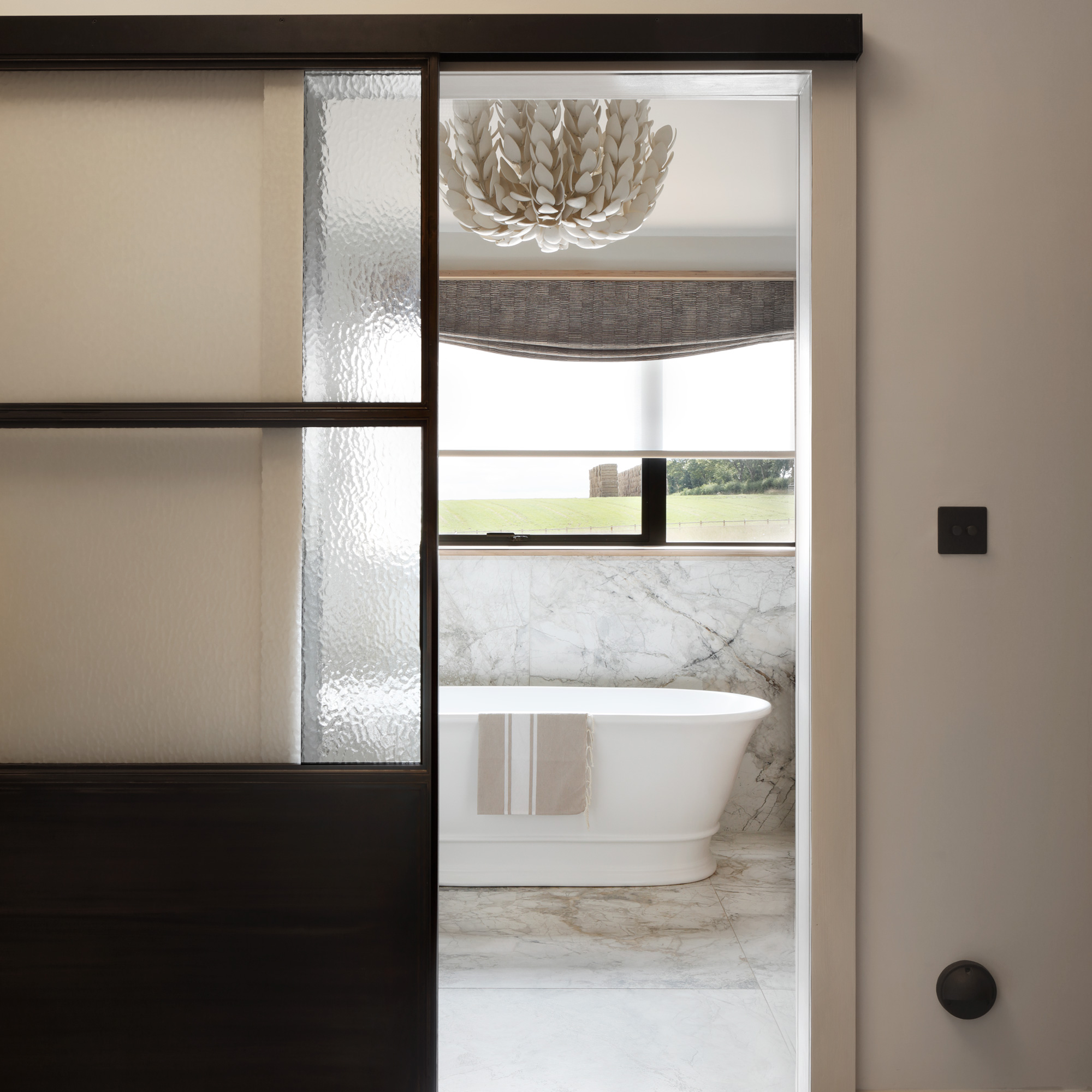
When planning bathroom lighting, you want to avoid any electric safety issues as much as possible. So to be on the safe side, consider placing your light switch on the external wall. This is common for downstairs bathrooms that are on the smaller side, and it's a good general rule to abide by.
'It is also very important to hang your bathroom light switch as high as possible because this reduces the risk of water exposure,' says Jonathan. 'The higher the lights are from water sources like showers, sinks, and bathtubs, the less likely it is for splashes and condensation to cause electrical hazards. Likewise, bathroom lights can also be placed on the exterior wall as another measure.'
3. Choose a trustworthy electrician
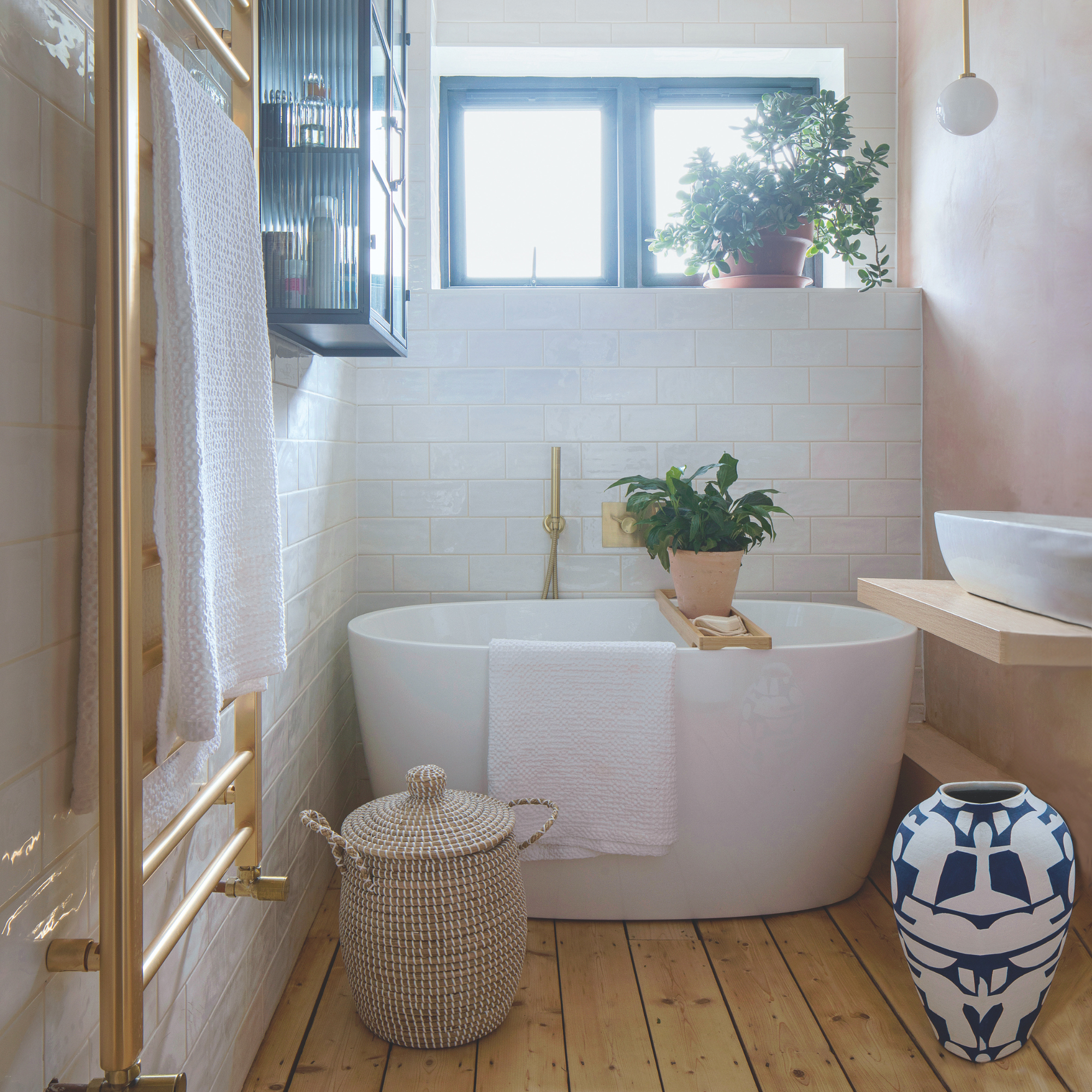
Electrical work is one of the biggest things to get right in your home. Getting it wrong can have costly implications and also make your home hard to sell if it's not up to scratch, so finding a professional you trust is key. Taking some time to find the right electrician to work might take longer, but it will offer you peace of mind in the long term.
'Renovating a bathroom can boost your home’s value, but it also falls under strict regulations relating to electrical installations in a wet environment,' explains Luke Osborne, deputy technical director of Electrical Safety First. 'Any electrical work in a bathroom needs to comply with regulations and will require notification to the local council.'
'Non-compliance can result in safety hazards, potential fines, and complications when selling your property. Always use an electrician registered under a Competent Person Scheme to give you confidence in your installation.'
Our favourite bathroom lights
FAQs
Can you use ordinary non-IP rated light fittings in a bathroom?
We get it - you've found your dream bathroom light but it doesn't have an IP rating. So can you use it?
Most electricians won't work with non-IP-rated light fittings in a bathroom, so it's wise to ensure your chosen light has an IP rating when you're shopping. However, as a bathroom is divided into different zones, you will still be able to use non-IP rated light fittings in the outer areas that don't sit within a zone.
This might be tricky in a small bathroom but in a larger family bathroom, the areas closest to the doors and furthest away from any wet areas are likely to sit outside the zones. The same can be said for the upper parts of the walls.
Zone 2 is the area stretching 60cm outside the perimeter of the bath and to a height of 2.25m from the floor. Around a sink, it's a 60cm radius of any tap. If a light is further out than these measurements, you shuold be able to use a non-IP rated light fitting. However, it's always best to double check with a professional.
You should now feel more confident in knowing which lights you can use in a bathroom and where you can position them - all that's left to do is pick your faves and start your makeover!

After starting out her journey at Future as a Features Editor on Top Ten Reviews, Holly is now a Content Editor at Ideal Home, writing about the best interior ideas and news. At Top Ten Reviews, she focussed on TikTok viral cleaning hacks as well as how to take care of investment purchases such as lawn mowers, washing machines and vacuum cleaners. Prior to this, Holly was apart of the editorial team at Howdens which sparked her interest in interior design, and more specifically, kitchens (Shaker is her favourite!).
